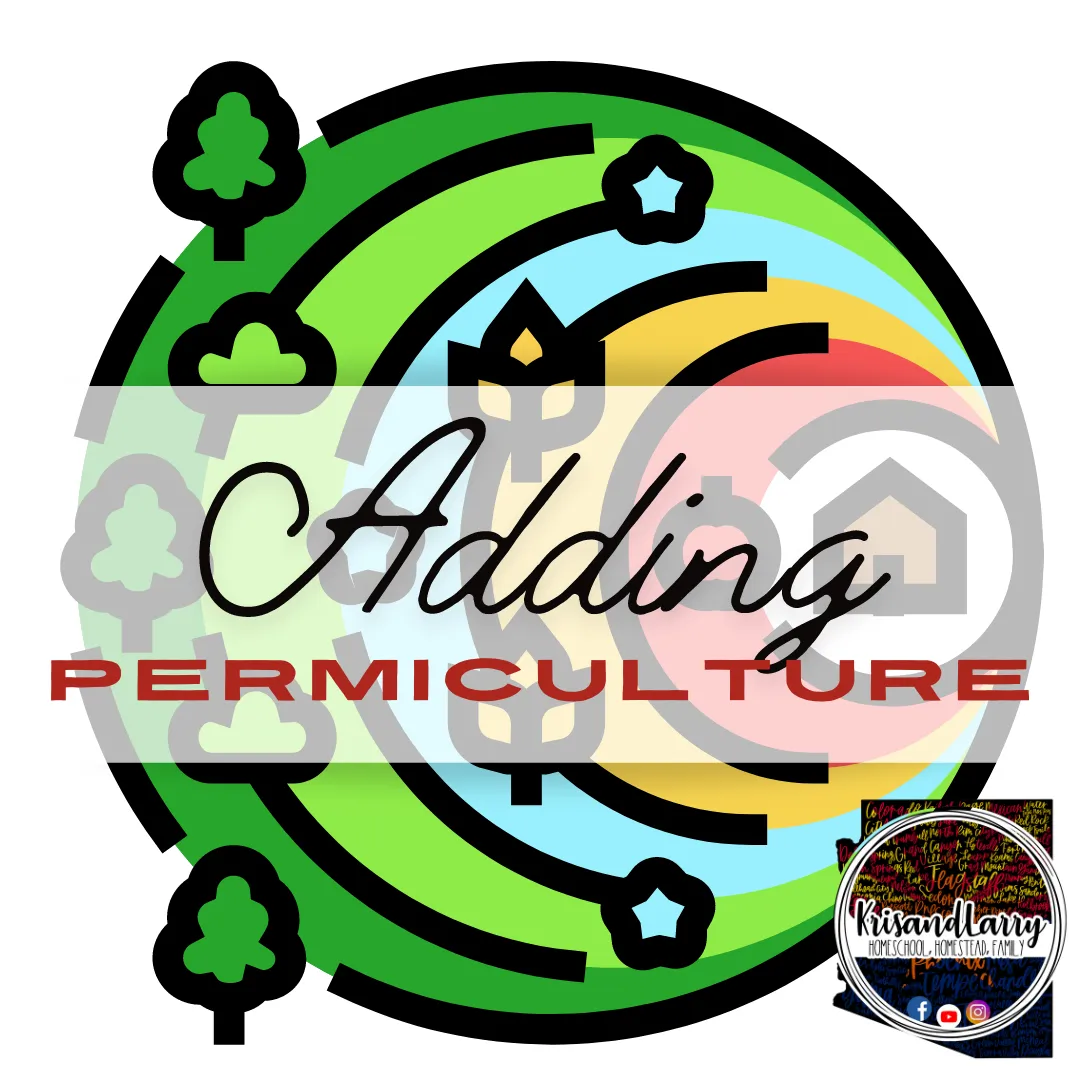
Permaculture Introduction
Permaculture Design Principles: Designing a Sustainable and Self-Sufficient Homestead
Permaculture, a term coined by Bill Mollison and David Holmgren in the 1970s, is a design philosophy centered on creating sustainable and self-sufficient systems by mimicking the patterns and relationships found in nature. The principles of permaculture can be applied to various aspects of life, but they are particularly effective in designing homesteads that are resilient, productive, and harmonious with the environment. This article explores the core permaculture principles and how they can be used to create a sustainable and self-sufficient homestead.
The Ethics of Permaculture
Permaculture design is rooted in three ethical principles:
Earth Care: Recognizing the Earth as a living entity and making decisions that nurture and protect it.
People Care: Ensuring that human needs are met in ways that promote well-being and community.
Fair Share: Distributing surplus and resources fairly, ensuring that we share with others and future generations.
These ethics guide the application of permaculture principles, ensuring that designs are not only effective but also ethical and sustainable.
The Twelve Principles of Permaculture
1. Observe and Interact
The first step in permaculture design is to spend time observing the land and its ecosystems. By understanding the natural processes, patterns, and interactions, you can make informed decisions that work with nature rather than against it. For example, observe the sun's path, water flow, wind patterns, and wildlife behaviors. These observations help identify the best locations for gardens, water catchment systems, and structures.
2. Catch and Store Energy
A sustainable homestead efficiently captures and stores energy in various forms, such as sunlight, water, and biomass. Solar panels, rainwater harvesting systems, and compost heaps are examples of technologies that store energy for future use. Planting trees for firewood or food forests also ensures a renewable energy supply. By harnessing natural energy sources, you reduce dependency on external resources and increase resilience.
3. Obtain a Yield
Permaculture emphasizes the importance of designing systems that produce food, energy, and resources. This principle encourages homesteaders to grow their food, raise livestock, and cultivate medicinal plants. A diverse garden with annuals and perennials can provide a continuous yield throughout the year. Integrating animals, such as chickens or bees, can enhance productivity and offer additional benefits like pest control and pollination.
4. Apply Self-Regulation and Accept Feedback
Sustainable systems are self-regulating and adaptable. Permaculture design involves setting limits and implementing practices that prevent overuse of resources and environmental degradation. Regularly monitoring the homestead and being open to feedback allows you to adjust practices and improve the system. For instance, if a particular crop fails, evaluate the reasons and make necessary changes to the soil, watering, or planting techniques.
5. Use and Value Renewable Resources and Services
Renewable resources are key to a sustainable homestead. Using resources like sunlight, wind, rain, and natural materials reduces environmental impact and fosters sustainability. For example, using wood from sustainably managed forests for building materials or fuel is preferable to relying on non-renewable resources. Similarly, natural pest control methods, such as attracting beneficial insects, reduce the need for chemical pesticides.
6. Produce No Waste
In a permaculture system, waste is viewed as a resource out of place. By designing systems that recycle and reuse materials, you can minimize waste. Composting kitchen scraps and yard waste creates nutrient-rich soil, while greywater systems reuse household water for irrigation. Upcycling and repurposing materials for building projects reduce waste and lower costs. This principle encourages creativity in finding new uses for old items.
7. Design from Patterns to Details
Nature operates in patterns, and understanding these patterns helps in creating efficient and harmonious designs. For example, observing the natural flow of water on your land can inform the placement of swales and ponds for water catchment. Start with broad patterns, such as zoning your homestead to place frequently used elements near your home, and then refine the details, such as selecting specific plant species for each zone.
8. Integrate Rather than Segregate
In permaculture, the relationships between elements are as important as the elements themselves. By placing elements in a way that they support each other, you create a more resilient and productive system. For instance, planting a guild of companion plants around fruit trees can improve soil health, reduce pests, and enhance yields. Integrating animals with crops, such as using chickens to till the soil and fertilize, creates beneficial interactions.
9. Use Small and Slow Solutions
Small and slow solutions are often more sustainable and manageable than large-scale, rapid changes. Starting with small projects allows for experimentation and learning without significant risk. For example, begin with a small vegetable garden and gradually expand as you gain experience. Slow solutions, such as building healthy soil through composting and mulching, create long-term benefits and are less disruptive to the ecosystem.
10. Use and Value Diversity
Diversity in plant and animal species increases resilience and reduces vulnerability to pests, diseases, and climate fluctuations. A diverse garden with a mix of annuals, perennials, legumes, and root crops provides continuous harvests and improves soil health. Incorporating a variety of livestock and wildlife habitats enhances ecological balance and productivity. Diversity also applies to human activities, promoting a range of skills and practices within the community.
11. Use Edges and Value the Marginal
Edges, where different ecosystems meet, are often the most productive and diverse areas. Designing to maximize edge effects can enhance productivity. For example, creating ponds with irregular edges increases habitat diversity and water access for wildlife. Using marginal areas, such as ditches or the edges of fields, for growing food or habitat creation can turn otherwise unused spaces into valuable resources.
12. Creatively Use and Respond to Change
Change is inevitable, and permaculture designs must be flexible and adaptable. By anticipating and embracing change, you can turn challenges into opportunities. For instance, climate change may require adjusting planting schedules or choosing more resilient crop varieties. Regularly reviewing and updating your design based on changing conditions ensures long-term sustainability and productivity.
Practical Applications of Permaculture Principles on a Homestead
Designing a Permaculture Garden
A permaculture garden is a key component of a sustainable homestead. Start by observing the site and mapping out zones based on frequency of use and microclimates. Zone 1, closest to the house, should contain herbs, vegetables, and other high-maintenance plants. Further zones can include orchards, pasture, and woodlots.
Polyculture and Companion Planting: Plant a variety of crops together to mimic natural ecosystems and enhance biodiversity. Companion planting, such as growing beans with corn and squash, improves soil fertility and reduces pests.
Water Management: Use swales, ponds, and rainwater catchment systems to capture and store water. Mulching and using organic matter improve soil moisture retention and reduce irrigation needs.
Soil Health: Build and maintain healthy soil through composting, cover cropping, and mulching. Healthy soil is the foundation of a productive and resilient garden.
Integrating Animals
Animals play a vital role in permaculture systems. They provide food, labor, and fertility while enhancing biodiversity.
Chickens: Chickens are excellent for pest control, soil aeration, and fertilization. Rotational grazing and mobile coops (chicken tractors) prevent overgrazing and promote soil health.
Bees: Beekeeping supports pollination and provides honey. Planting a variety of flowers ensures a continuous nectar source.
Livestock: Integrate larger animals, such as goats or sheep, for milk, meat, and fiber. Rotational grazing improves pasture health and prevents overgrazing.
Building Sustainable Structures
Permaculture principles apply to building as well. Use natural and locally sourced materials, such as straw bales, cob, or reclaimed wood, to reduce environmental impact. Design structures for energy efficiency by incorporating passive solar heating, proper insulation, and natural ventilation.
Renewable Energy and Waste Management
Incorporate renewable energy systems, such as solar panels and wind turbines, to reduce reliance on fossil fuels. Implement waste management practices, including composting, recycling, and greywater systems, to minimize waste and reuse resources.
Community and Social Permaculture
Permaculture extends beyond individual homesteads to include community and social structures. Building a supportive community enhances resilience and sustainability.
Skill Sharing: Encourage the sharing of skills and knowledge within the community. Workshops, barter systems, and cooperative projects strengthen social ties and promote self-sufficiency.
Local Economy: Support local businesses and economies by buying local, trading goods, and investing in community projects.
Education and Outreach: Educate others about permaculture principles through workshops, tours, and online platforms. Sharing knowledge promotes wider adoption of sustainable practices.
Conclusion
Designing a sustainable and self-sufficient homestead using permaculture principles requires careful observation, thoughtful planning, and a willingness to adapt and learn. By integrating the twelve principles of permaculture into your homestead design, you create systems that are productive, resilient, and harmonious with the environment. Embracing permaculture not only enhances your homestead but also contributes to a more sustainable and equitable world.
About Us
We are a large, Christian, homeschooling homesteading family from Chino Valley, Arizona. (2 parents - Kris and Larry, 8 kids, some not so little any more and 3 spouses of the kids)
We have a fun Youtube channel, a blog, and a homestead shop with goat milk soap and lotion, signs, jewelry & more.
Copyright© 2025 KrisandLarry - All Rights Reserved.


Facebook
Instagram
Youtube
TikTok